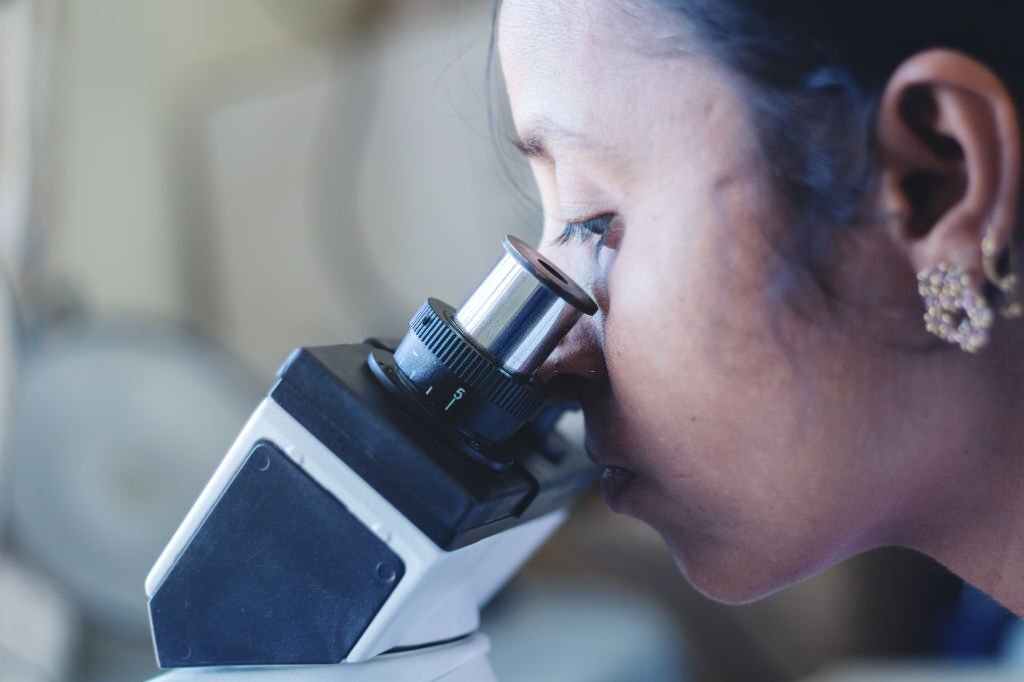Teaching is a noble and rewarding profession that has a profound impact on the lives of students. To become a good teacher, one must possess a unique set of skills and qualities. While formal education and training play a crucial role, it’s the dedication, passion, and continuous self-improvement that truly make a teacher exceptional. In this article, we will explore the essential steps and qualities required to become a good teacher.
1. Obtain the Necessary Education
Earn a Bachelor’s Degree
The journey to becoming a teacher typically starts with earning a bachelor’s degree in education or a related field. This provides you with the foundational knowledge needed to understand pedagogy and educational theory.
Pursue a Teaching Credential or Certification
Depending on your location, you may need to obtain a teaching credential or certification to work as a teacher. These credentials often involve completing additional coursework and gaining classroom experience.
2. Develop Strong Communication Skills
Effective Communication
One of the most important qualities of a good teacher is the ability to communicate effectively. You must be able to convey information clearly, listen actively to your students, and adapt your communication style to suit their needs.
Empathy and Understanding
Empathy and understanding are crucial for building positive relationships with students. Being able to connect with your students on an emotional level can make the learning experience more meaningful for them.
3. Cultivate a Passion for Teaching
Love for Learning
A good teacher is someone who has a genuine love for learning. Your enthusiasm for acquiring knowledge will inspire your students and make them more eager to learn.
Passion for Helping Others
Teaching is not just about transferring information; it’s about helping students grow and develop. A passion for helping others succeed is a fundamental quality of a good teacher.
4. Adaptability and Patience
Flexibility
Classrooms are dynamic environments, and no two days are the same. Being adaptable and able to adjust your teaching methods to accommodate different learning styles and challenges is vital.
Patience
Patience is a virtue in teaching. Students may learn at different paces, encounter difficulties, and exhibit varying behaviors. A good teacher remains patient and provides support and guidance when needed.
5. Create a Positive and Inclusive Classroom Environment
Respect and Inclusivity
Fostering an inclusive classroom environment where all students feel respected and valued is essential. Embrace diversity and encourage open dialogue that promotes tolerance and understanding.
Classroom Management
Effective classroom management is crucial for maintaining a productive learning environment. Establish clear rules and expectations while being fair and consistent in enforcing them.
6. Continuous Professional Development
Stay Informed
Education is a field that evolves continually. Stay informed about the latest teaching methods, technologies, and educational research to enhance your teaching skills.
Professional Development Opportunities
Take advantage of professional development opportunities, such as workshops, conferences, and online courses, to expand your knowledge and expertise.
7. Assessment and Feedback
Assess Student Progress
Regularly assess your students‘ progress to identify their strengths and areas that need improvement. Use various assessment methods to gain a comprehensive understanding of their development.
Provide Constructive Feedback
Offer constructive and specific feedback to help students improve. Highlight their achievements and provide guidance on how to overcome challenges.
8. Be a Role Model
Lead by Example
Set a positive example for your students by demonstrating qualities such as integrity, responsibility, and a strong work ethic. Your actions speak louder than words.
Inspire and Motivate
Inspire your students by sharing your own passion for learning and by showing them the possibilities that education can offer. Motivate them to strive for success.
Conclusion
Becoming a good teacher is a multifaceted journey that involves education, personal growth, and a deep commitment to the well-being and development of your students. It requires continuous learning, effective communication, and a passion for teaching. By cultivating these qualities and following the steps outlined in this article, you can embark on a fulfilling career as a dedicated and effective educator.

